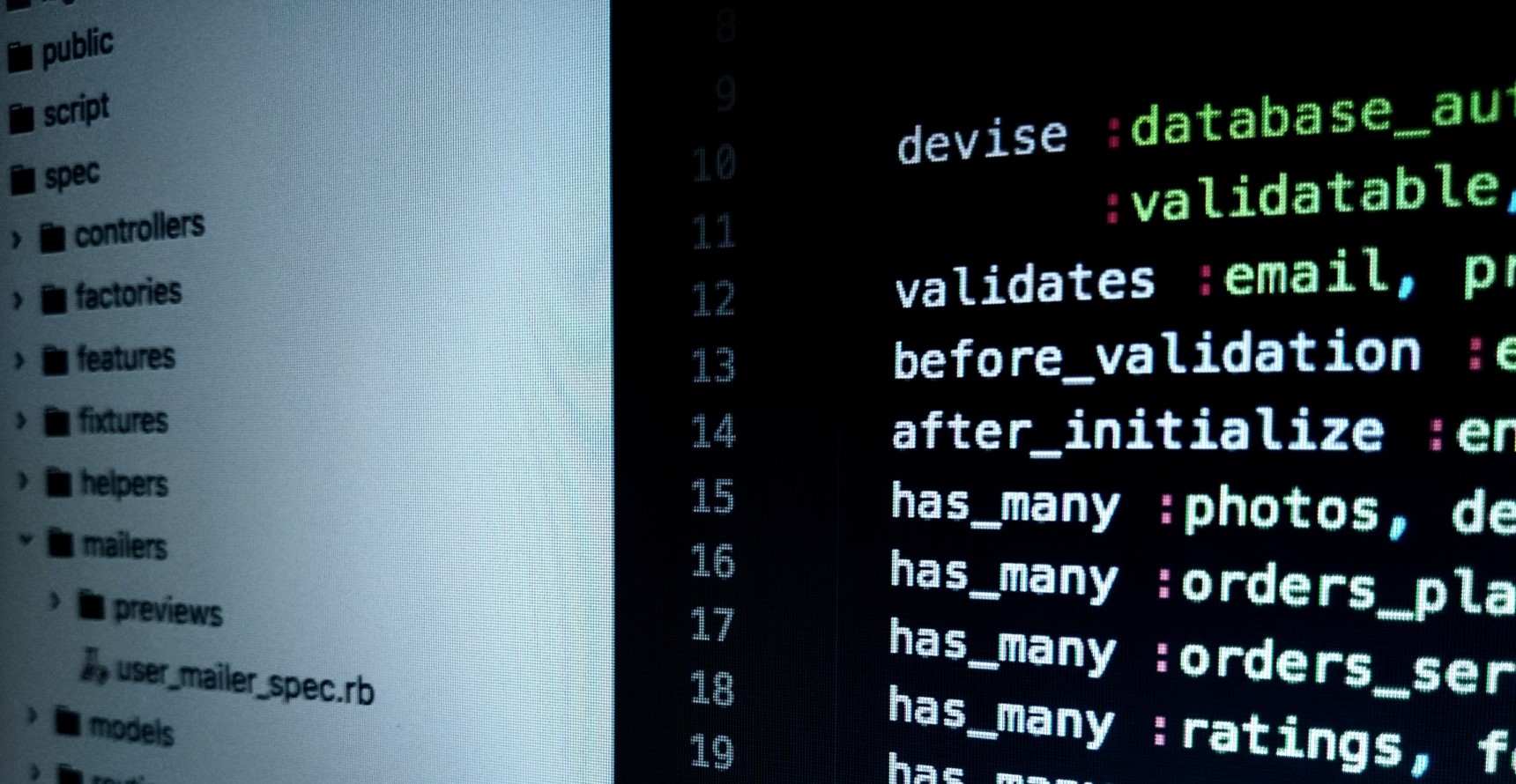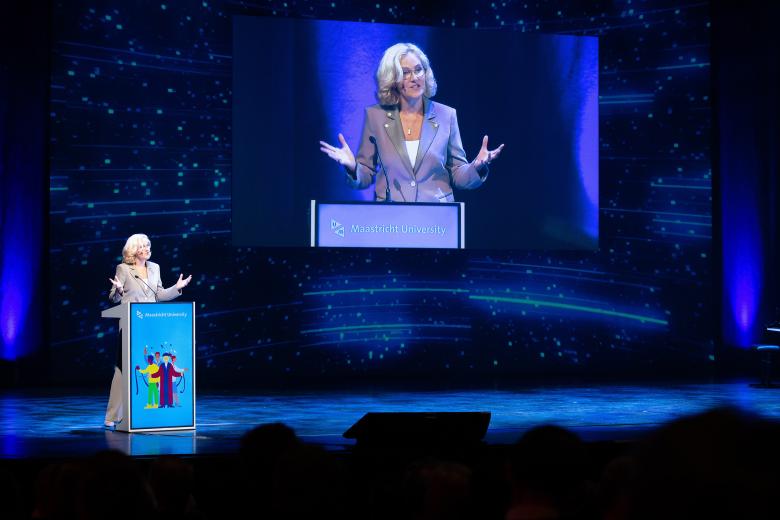“Feeling” Global Sustainability Issues: Use AR and VR to dive into World-wide Value Networks in Agriculture
A blog post on the potential of AR and VR technologies to address global challenges in Agriculture by Dominik Mahr, Full Professor at and head of the MSCM Department, and Noah Moonen, lecturer at MSCM, and DEXLab Manager

At Maastricht University School of Business and Economics, the Fair and Smart Data (FSD) spearhead is tackling some of the most pressing global challenges around Sustainable Development, Digitalisation, and Globalisation (SDDG). With a focus on enhancing sustainability and fostering innovation in global value networks, FSD aims to make these networks smarter and fairer for all involved. The FSD research agenda focuses on four interrelated themes:
- Empowering smallholder farmers
- Creating sustainable business models for farmers
- Developing sustainable global value networks
- Studying transdisciplinary challenge-driven action research
One aspect of FSD's approach is the use of Augmented Reality (AR) and Virtual Reality (VR) technologies, which have the potential to overcome obstacles and probe key issues that the FSD research agenda addresses. FSD's approach revolves around harnessing such digital technologies and new business models to create "smart" data that is transparent and traceable throughout the value network. This "smart" data can also be made "fair" by giving civil society ownership of its data and the intelligence it produces.

Augmented Reality (AR) and Virtual Reality (VR) have emerged as powerful tools to overcome some of the challenges regarding the sustainability of the global supply chain. They enable users to access information and experiences that would otherwise be difficult or impossible to obtain due to physical distance (Anastasiou et al., 2022; Hilken et al., 2017). By simulating real-world environments and overlaying digital information onto the physical world, AR and VR can create rich, interactive experiences that facilitate learning, collaboration, and decision-making. In the context of sustainability, AR and VR can help bridge the gap between stakeholders, such as smallholder farmers, consumers, and policymakers, for a better understanding of the issues at play in global supply networks. AR and VR can also enhance empathy, allowing users to understand better the challenges others face and promote more effective communication and collaboration among diverse stakeholders (Bertrand et al., 2018; Heller et al. 2021). These immersive technologies can furthermore lead to more engaging and interactive educational experiences, motivating users to actively participate in addressing sustainability challenges (Masrur et al., 2017).
Maastricht University is committed to fostering sustainability through its research and education and aims to inspire students and researchers to engage with sustainable solutions. The DEXLab at Maastricht University is an important partner, as it specializes in AR and VR applications and can collaborate with the FSD spearhead to create innovative solutions that promote greater engagement and collaboration in addressing the challenges of sustainable development, digitalization, and globalization.
Here are four examples of how such technologies are or can be applied:
VR Simulations for Sustainable Farming and Supply Chain Management
VR can create powerful simulations that illustrate the differences between sustainable and unsustainable farming methods, as well as the effects of specific decisions within the supply chain. These simulations can employ time-lapse scenarios across various scales, from individual farms to the entire planet, and integrate gamification elements to boost user engagement. By immersing users in these scenarios, VR fosters a deeper understanding of the issues at hand and encourages adopting more sustainable practices through increased awareness of the long-term consequences of our actions. Such practices will foster the development of sustainable value networks in an innovative way.
One example of such a VR experience can be found in the Climate Change Virtual Reality Games, which offer an immersive view of future scenarios by simulating the consequences of climate change on various ecosystems, emphasizing the importance of implementing solutions today.

AR for Precision Farming and Data Collection
AR technology can enable precision farming by overlaying real-time information about soil, crop health, and weather conditions onto farmers' fields. This allows farmers to make informed decisions about irrigation, fertilization, and pest control, resulting in minimized resource waste, reduced environmental impact, and optimized crop yields. AR technology also enables gathering "smart" data, promoting greater transparency and traceability throughout the agricultural value chain.
To experience the potential of AR in agriculture, students can use small-scale AR plant apps that recognize plant issues and provide preservation suggestions. These experiences can help users understand how AR can be applied on a larger scale for farmers, facilitating better decision-making and data collection.
→https://arpost.co/2020/08/17/augmented-reality-streamlines-agriculture/

VR for experiencing your Carbon Footprint
VR can be used to explain the impact of an individual on climate change. Storytelling and technology visual, sound and even "smell" features can create the experience to illustrate a person's carbon footprint.
For example, the UN Environment Programme (UNEP) has collaborated with the Sony PlayStation platform 'Dreams' to create an immersive virtual reality experience about climate change. "The experience portrays carbon footprint as an 18-meter-high orange ball of gas that leads viewers through different daily scenes including breakfast that then transforms into sea level rise." By placing the story in a virtual reality format, the creators hope to challenge common misperceptions about climate change and inspire people to make different choices that limit global warming to 1.5 degrees Celsius. The experience is available on YouTube as a 360-degree video and shared through UNEP's Earth School program.
→https://www.unep.org/news-and-stories/story/experience-your-carbon-footprint-v

AR and VR for Immersive Agricultural Training
AR and VR can be effectively employed for skill development and agricultural training by offering hands-on learning experiences that enhance understanding and practical abilities. AR can guide users through complex processes, such as planting cover crops, by providing real-time feedback and optimal spacing, seed depth, and irrigation requirements.
On the other hand, VR can transport learners to simulated environments where they can practice various agricultural tasks, such as harvesting crops or operating equipment, in a safe and controlled setting. This engaging, experiential learning approach enables users to better understand and adopt sustainable farming methods.
In sum, Augmented and Virtual Reality have the potential to transform the agricultural industry by promoting more sustainable practices, enhancing resource management, and providing immersive hands-on learning experiences. By embracing these technologies, farmers, students, and other stakeholders can contribute to a more sustainable, resilient global food system.
References:
Anastasiou, E., Balafoutis, A. T., & Fountas, S. (2022). Applications of extended reality (XR) in agriculture, livestock farming, and aquaculture: A review. Smart Agricultural Technology, 100105.
Bertrand, P., Guegan, J., Robieux, L., McCall, C. A., & Zenasni, F. (2018). Learning empathy through virtual reality: multiple strategies for training empathy-related abilities using body ownership illusions in embodied virtual reality. Frontiers in Robotics and AI, 26.
Heller, J., Chylinski, M., de Ruyter, K., Keeling, D. I., Hilken, T., & Mahr, D. (2021). Tangible service automation: Decomposing the technology-enabled engagement process (TEEP) for augmented reality. Journal of Service Research, 24(1), 84-103.
Hilken, T., de Ruyter, K., Chylinski, M., Mahr, D., & Keeling, D. I. (2017). Augmenting the eye of the beholder: exploring the strategic potential of augmented reality to enhance online service experiences. Journal of the Academy of Marketing Science, 45, 884-905.
Masrur, A., Zhao, J., Wallgrün, J. O., LaFemina, P., & Klippel, A. (2017). Immersive applications for informal and interactive learning for earth science. In Proceedings of the Workshop on Immersive Analytics, Exploring Future Interaction and Visualization Technologies for Data Analytics (pp. 1-5).
Also read
-
Opening Academic Year: Ellen Bastiaens on PBL and the Future of Learning
The academic year 2025/26 opened on 1 September with a programme at Theater aan het Vrijthof themed UM Innovates – today’s education, tomorrow’s skills. Ellen Bastiaens, Director of EDLAB, spoke about the enduring role of PBL and how it can guide us in shaping education in a world where AI is...

-
Reappointment of rector and president of the Executive Board of Maastricht University
The Supervisory Board of Maastricht University has reappointed Rianne Letschert and Pamela Habibović as president of the Executive Board and rector magnificus of UM, respectively. The Supervisory Board’s decision is based in part on the positive recommendations of the University Council and the...

-
EDLAB launches new project on AI and the future of learning at UM
Starting in September 2025, EDLAB is launching a new project to explore how artificial intelligence (AI) and broader societal shifts will shape the future of learning at Maastricht University.
